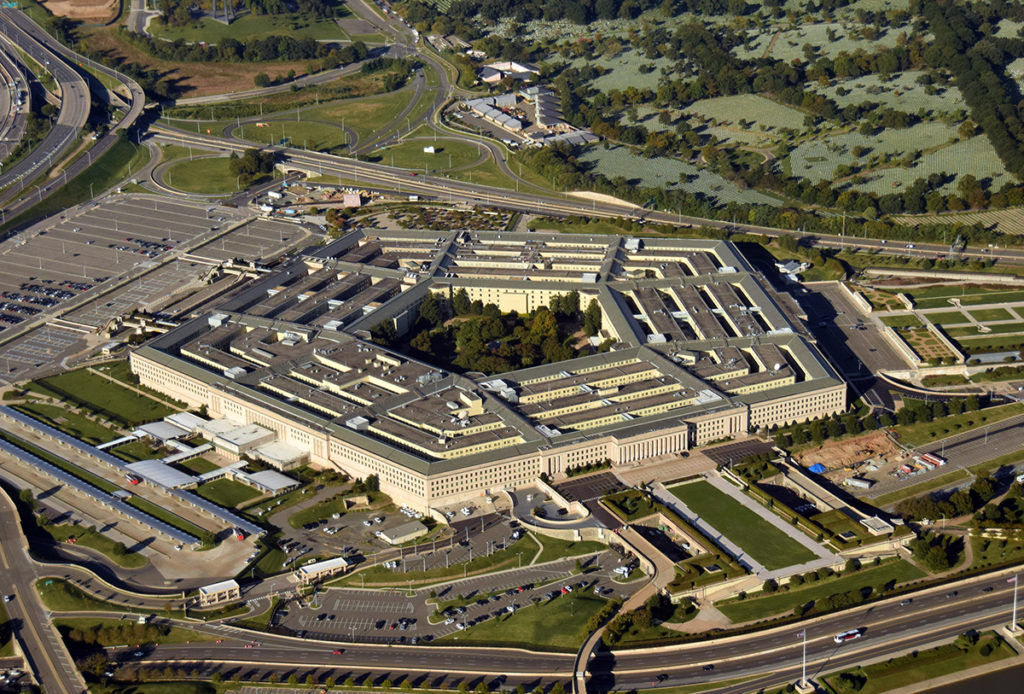
When scoping out how military bases can receive the most resilient electric service with cost in mind, the Department of Defense turned to NRECA to develop a scalable planning tool for developing microgrids.
NRECA, the prime winner of the $1.9 million DOD contract, will lead three diverse electric cooperatives in creating and testing a standardized microgrid design framework. The tool is expected to reduce “soft costs” like data analysis, mapping, software and design work.
“America’s electric co-ops and the more than 90 military facilities that they serve are evolving together,” said NRECA CEO Jim Matheson. “By developing and field-testing software that can reduce the cost of microgrids, this project marks a significant step toward improved resilience at military installations across the nation.”
The three-year project is expected to launch later this year. NRECA will partner with Chelco, headquartered in DeFuniak Springs, Florida, Rio Grande Electric Cooperative in Brackettville, Texas, and Sussex Rural Electric Cooperative in Sussex, New Jersey, which already have contracts to own and operate a distribution grid on a military installation.
The bases’ energy demand and resources are as diverse as their geography. Some have renewable energy and microgrids; some have no generation or microgrid components at all.
That’s where the value of co-ops and their history of reliable service to military bases comes in, said Lauren Khair, NRECA senior analyst for economics and industry.
“We have access to numerous cooperatives that serve military bases and can build on shared lessons learned,” she said. “NRECA and member co-ops also have made investments into cutting-edge data analytic technology that can be used to meet these goals and be scaled.”
The microgrid tool ultimately will help automate the modeling process and standardize planning so they can be used at any installation or campus-type settings, such as hospitals, industrial parks and universities, Khair said.
Cathy Cash is a staff writer at NRECA.